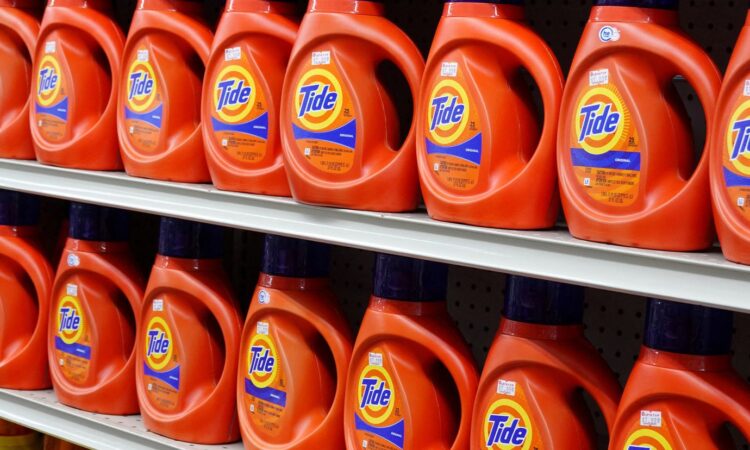
The Bureau of Labor Statistics (BLS) reported a 0.1 percent increase in the Consumer Price Index for May.
Based on the data from May, the year-over-year inflation rate tracked by the CPI stands at four percent, down significantly from the figures recorded last summer, when energy prices were sent sky high..
What goods and services drove the increase?
According to the BLS, the main driver of inflation in May was shelter, which increased 0.6 percent, following a 0.4 percent rise from March to April. The year-over-year increase has dropped slightly from 8.1 percent in March to eight percent last month.
The BLS also noted that the market for used cars and trucks drove average prices up slightly, with that sector seeing the average price tag increase 4.4 percent —following an increase of the same. However, prices are still down 4.2 percent year-over-year after great strides have been made to resolve supply chain issues. Nevertheless, tight supply and consistent demand seem to be leading prices to rise once again.
What is the Consumer Price Index?
Inflation is a difficult thing to quantify and efforts to do so can never be entirely accurate. However, to estimate the rate of price change, the BLS utilizes the Consumer Price Index.
The BLS describes the CPI as “a measure of the average change over time in the prices paid by urban consumers for a market basket of consumer goods and services.”
Each month the BLS collects updated prices for a ‘Basket of Goods’ comprised of around 94,000 items and services designed to reflect typical prices. The total cost of the basket is then compared to the same month one year earlier.
The percentage change over the course of the year is given as the annualized inflation rate for that month.
How is inflation linked to high interest rates?
Inflation has been a major issue for the US economy as it continues the post-pandemic recovery.
When the initial spread of covid-19 in the United States led to millions of workers losing their jobs, the massive demand for labor in the succeeding months placed much more power with workers than traditionally seen. With far more jobs available than workers, many in the job market could shop, comparing benefits and negotiating salary increases.
Many major corporations responded to this shift in power in the labor market by setting prices higher. While many companies have complained that work demands and supply chain constraints have taken a toll on their bottom line, many sectors are continuing to rake in historic profits. These actions have led the economy to “overheat” and pushed up prices for consumers.
READ ALSO: US inflation report: How could May CPI affect the Fed meeting this week?
In a bid to tackle that trend, the Federal Reserve, like other central banks around the world, has implemented a series of interest rate hikes.
Upping interest rates makes borrowing more expensive and discourages new investment from the economy. The Fed is hoping that this will stem the flow of new money and slow rapid economic growth.






